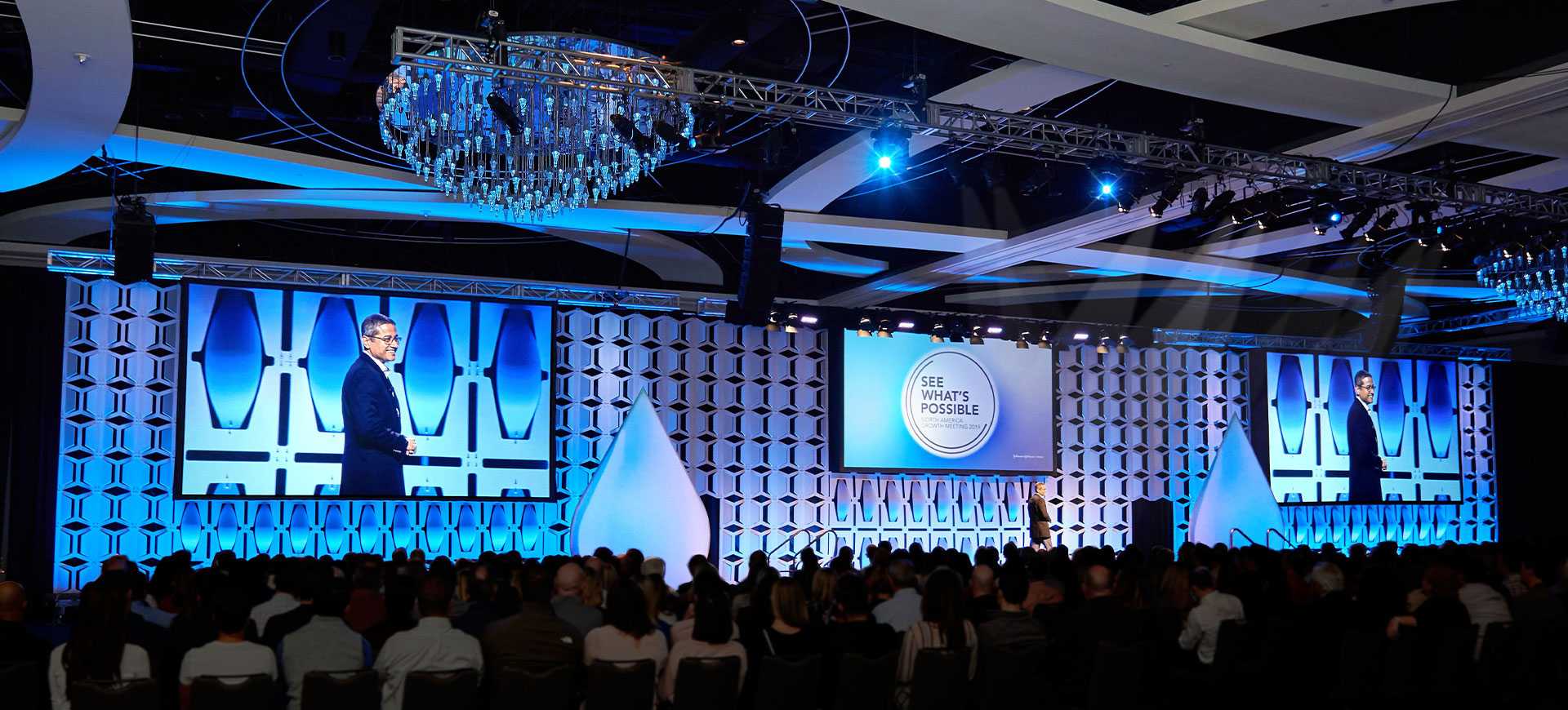
When it pertains to LED walls, one of the important factors to consider is dot pitch. Dot pitch is defined as the distance between the cores of two neighboring pixels on an LED display. This measurement is commonly expressed in mm. Understanding pixel pitch is crucial because it explicitly influences the resolution and sharpness of the visuals displayed. A reduced pixel pitch indicates that the pixels are nearer together, leading to a higher resolution, while a bigger pixel pitch yields in a lower resolution. Therefore, selecting the right pixel pitch is vital for obtaining optimal LED wall performance.
The selection of pixel pitch often depends on the sight distance. For example, if the light-emitting diode wall is intended to be viewed from a distance, a bigger pixel pitch may be suitable. This is because the human eye cannot readily distinguish individual pixels when they are more distant away. On the other hand, if the wall will be viewed up close, a reduced pixel pitch is needed. In situations such as indoor events, where viewers are typically closer to the screen, a reduced pixel pitch will provide a sharper and clearer image. Hence, understanding how sight distance affects pixel pitch is key to making an informed decision.
Another important consideration is the intended use of the LED wall. Various applications, such as promotion, concerts, or conference meetings, may require different pixel pitches. For example, an light-emitting diode wall used for promotional purposes in a shopping center may benefit from a pixel pitch that allows for lively colors and elevated detail so that it captures the attention of bystander shoppers. Conversely, an external LED wall used at a concert may prioritize brightness and visibility over resolution, permitting for a bigger pixel pitch. Therefore, the specific context in which an LED wall will be utilized is crucial for determining the appropriate pixel pitch.
Cost is also a major consideration when choosing pixel pitch. Generally, LED displays with reduced pixel pitches often to be more costly due to the higher density of pixels and the advanced technology needed for production. While it may be tempting to choose a high-resolution display with a reduced pixel pitch, budget constraints often require a balance between quality and cost. Organizations should assess their needs and decide how much they are willing to spend in an light-emitting diode wall, ensuring that the pixel important source pitch aligns with their financial capabilities while still satisfying functional expectations.
Finally, it is essential to take into account the maintenance and durability of the LED wall when choosing pixel pitch. Displays with reduced pixel pitches can sometimes be more fragile and may need more careful handling and maintenance. Regular maintenance is required to ensure that the display functions optimally over time. Knowing the maintenance needs and potential challenges associated with different pixel pitches can assist organizations make a more informed decision. By taking into account all these elements, including viewing distance, planned use, budget, and maintenance, individuals can select the ideal pixel pitch for peak LED wall functionality.